I took a journey along the mystical mountain through the generations old contraption but still young and cheerful Nilgiri Passenger Train commonly known as Ooty heritage train.
The cool breeze, the “chuchchuch”, the “wooo wooo” all made me go through a trance which made me think what brings this on? Here I have attempted to write almost everything you need to know about the Niligiri Mountain Railway.
The History of Nilgiri Mountain Railway
The first plans to build a mountain Railway from Mettupalayam to the Nilgiri Hills was in 1854. But it took the decision-makers 45 years to cut through the bureaucratic red tape and complete the construction and installation of the line.
The rail line was completed and opened for public in June 1899. It was operated first by the Madras Railway Company under an agreement with the Government.
The Madras Railway Company continued to manage this railway line on behalf of the government for a long time. Later the South Indian Railway company purchased it.
Coonoor was initially the final hill station on the line in June 1899 but this was extended up to Fernhill in September 1908 and up to Udagmandalam by October 15, 1908. It now connects the town of Mettupalayam with the hill station of Udagamandalam (Ootacamund), in the Nilgiri hills, popularly known as the ‘Blue Mountains’ of Southern India.
The Nilgiri Mountain Railway (NMR)
The Railway line from Mettupalayam to Ooty is almost 45.88 km long and lies partly in Coimbatore District and partly in Nilgiri District of Tamilnadu, on the eastern slopes of the Western Ghats.
Mettupalayam is at the foothills with an elevation of about 330 meters and Udagamandalam (Ooty) on the plateau with an elevation of 2200 metres. The average gradient of this line is about 1 in 24.5.
The gauge is laid to Meter gauge (1000 mm). The sharpest curve on the section is 17.5 degrees.
The track is made of 50 lb rails. There are 250 bridges on the section, out of which 32 are major ones and 15 are road over bridges.
There are 16 tunnels between Kallar and Ooty all of which are in excellent condition. The section from Mettupalayam to Udagamandalam is provided with stone ballast and the cushion varies from 75 mm to 150 mm.
The Maximum permissible speed on Mettupalayam-Kallar and Coonoor-Udagamandalam “Non-Rack” system is 30 while between Kallar and Coonoor “RACK” section the maximum permissible speed is 13 kmph.
The region covered by the Nilgiri Mountain Railway gets rainfall during the south-west and north-east monsoons. The average rainfall is of the order of 1250 mm at Udagamandalam, 1400 mm at Coonoor and 500 mm at Mettupalayam. The Nilgiri Mountain Railway keeps chugging despite the downpour.
The Operation of Railway
Nilgiri Mountain Railway is the only rack railway in India which uses the alternate biting system (Abt) commonly termed as ‘rack and pinion’ rail system and is operated with special steam locomotives.
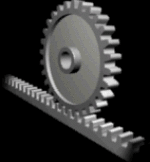
The working of rack and pinion systems
On this rack section trains are operated by ‘X’ Class steam rack locomotives manufactured by the Swiss Locomotive and Machine Works of Winterthur in Switzerland.
These steam locomotives can be used on any part of the line either with or without the rack section.
This system is described in Sir Gulford L. Molesworth’s report of 1886, which says.
“Two distinct functions – 1st that of traction by adhesion as in an ordinary loco; 2nd that of traction by pinions acting on the track bars. The brakes are four in number – two handbrakes, acting by friction; and two acting by preventing the free escape of air from cylinder and thus using compressed air in retarding the progress of the engine. The former are used for shunting whilst the later for descending steep gradients. One of the handbrakes acts on the tyres of the wheels in the ordinary manner and the second acts on grooved surfaces of the pinion axle, but can be used in those places where the rack is laid”
The route of Nilgiri Mountain Railway
The Nilgiri Passenger covers curves, 16 tunnels and 250 bridges within the 26km journey. The uphill journey from Mettupalayam will take around 5 hrs to reach the top station Udhagamandalam. Downhill journey usually takes up to 4hrs and this is the steepest track in Asia.
Mettupalayam Station – The uphill journey begins from Mettupalayam station. Mettupalayam railway station can be easily accessed from Coimbatore station which is the normal Indian Gauge system (5ft 6 in).
Kallar Station – Closed as a passenger station, this is where the rack rail begins.
Adderly Station – Closed as a passenger station but is still a water stop.
Hillgrove Station – Block post and water stop, also has refreshments for passengers.
Runneymede Station – Closed as a passenger station but is still a water stop.
Kateri Road Station – Closed as a passenger station, trains do not stop here.
Coonoor Station – Main intermediate station on the line at site of the locomotive workshops as well as the top end of the rack rail. Trains must reverse a short distance before continuing their climb to Ooty. It is normal for the locomotive to be changed here with diesel traction, being normal for all trains to Ooty.
Lovedale Station – From a short distance before Lovedale, the line descends into Ooty.
Nilgiri Passenger Train details – Credits Wikipedia
NMR added as the world Heritage Site
In July 2005, UNESCO added the Nilgiri Mountain Railway as an extension to the World Heritage Site of Darjeeling Himalayan Railway, the site then became known as “Mountain Railways of India.
The UNECO listing made Nilgiri Mountain Railway very popular among foreigners and attracting countless tourists to the blue mountains of south India.
NMR was highly significant in facilitating population movement and the social-economic development in the British colonial era.
The News regarding the Mountain Railways of India which was published in UNESCO.
How to book the Ooty train tickets
Ticket booking can be made online through Indian Railways website. One can select either the downhill or uphill journey.The uphill journey will start from Mettupalayam station which is easily accessible from Coimbatore station.
Since the toy train is having limited number of seats bulk booking is bit difficult and plans should be made well in advance. Ticket less travel is not allowed in toy train.Here is the details of nilgiri mountain railway timings

Details regarding the Nilgiri passenger train details available in Indian railways website IRCTC

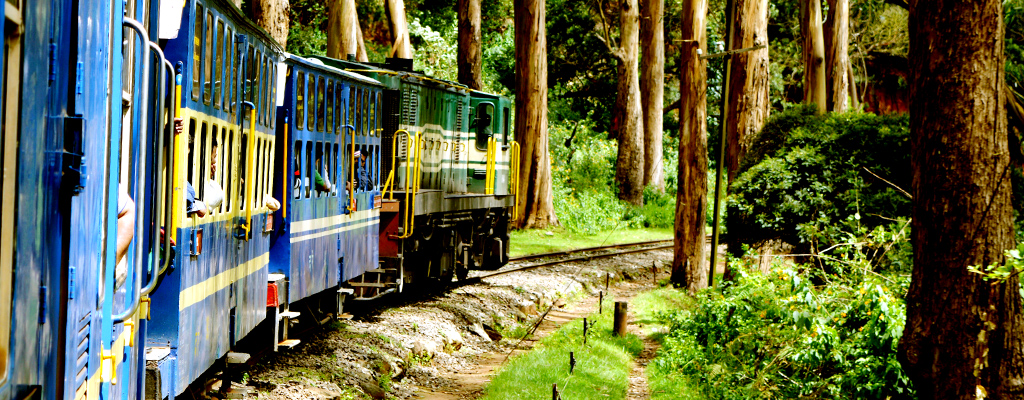
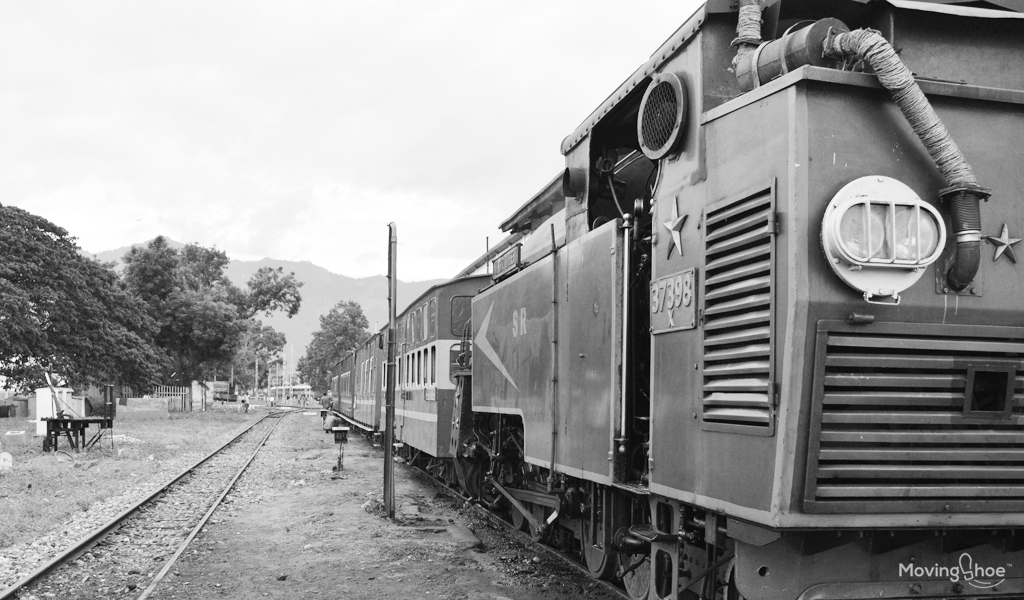
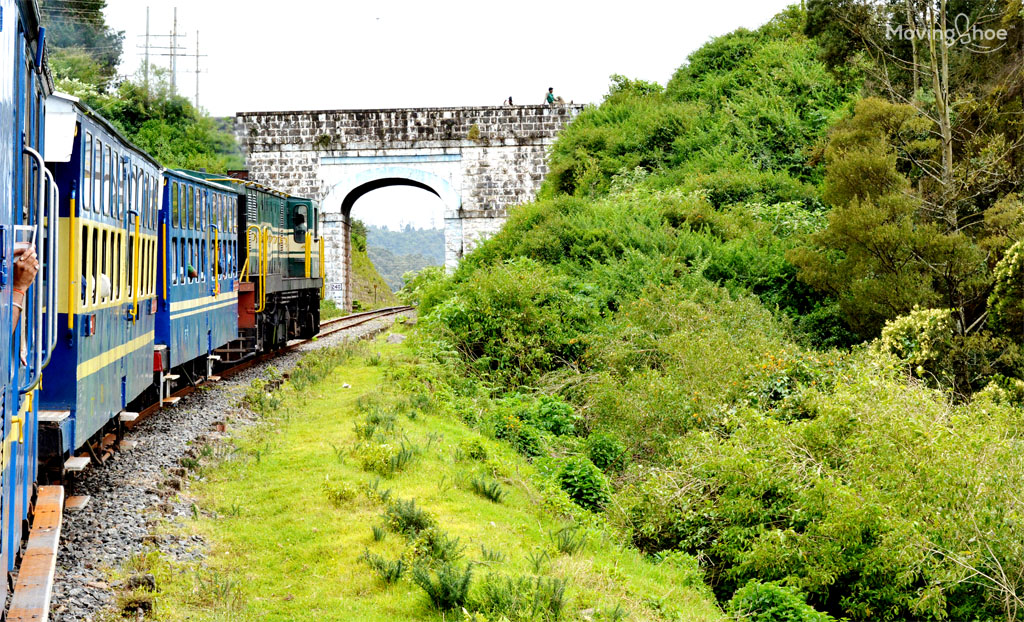
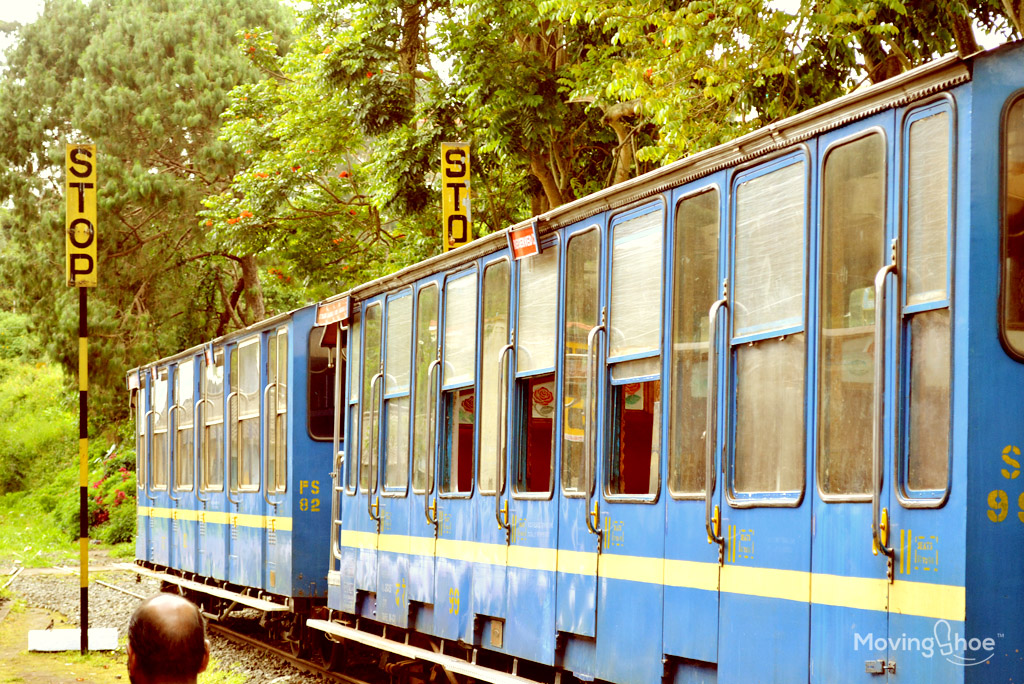
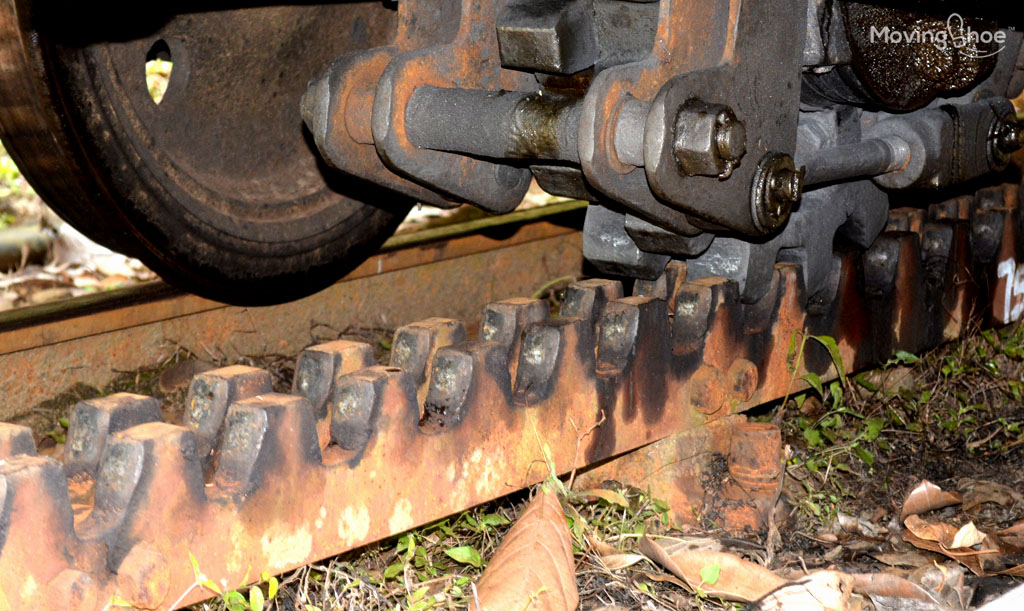
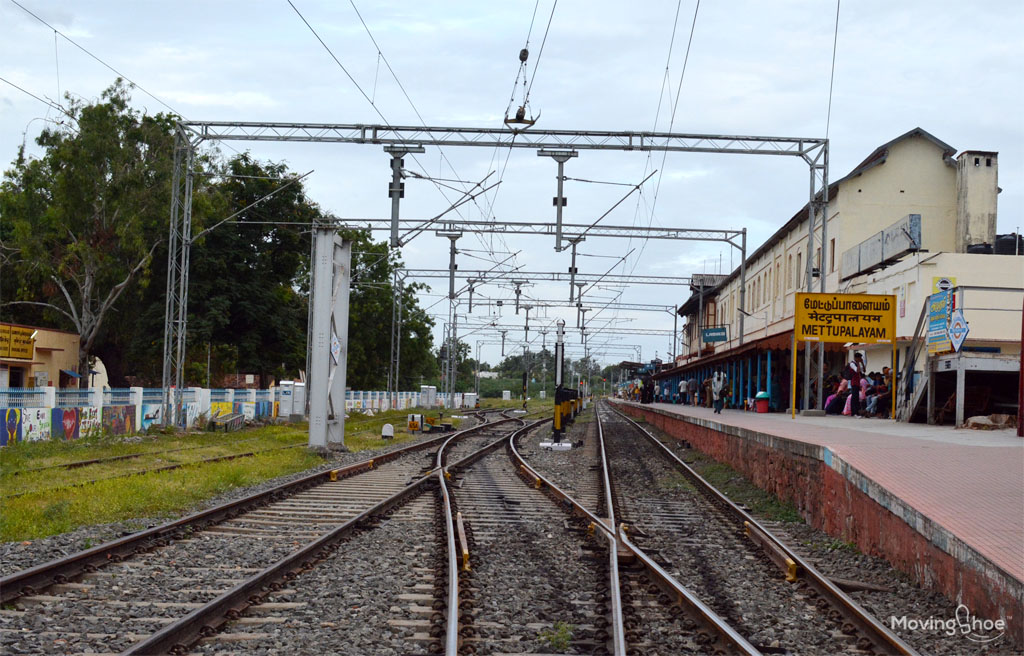
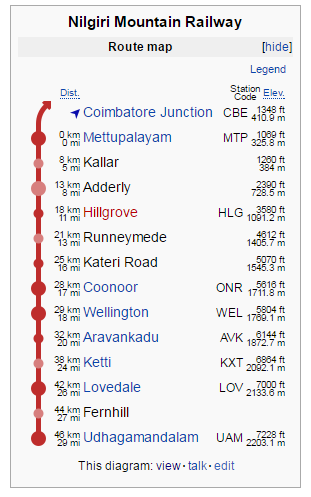

2 Comments